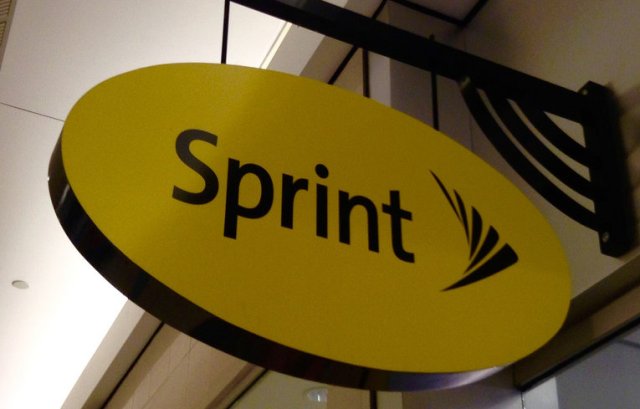 Telecom operator Sprint, which serves 59.5 million wireless connections in the U.S., has started the deployment of Gigabit LTE on a commercial network in New Orleans.
Telecom operator Sprint, which serves 59.5 million wireless connections in the U.S., has started the deployment of Gigabit LTE on a commercial network in New Orleans.
Sprint, a SoftBank subsidiary, utilizes three-channel carrier aggregation and 60 MHz of Sprint’s 2.5 GHz spectrum in combination with 4X4 MIMO (Multiple Input Multiple Output) and 256-QAM higher order modulation to achieve Category 16 LTE download data speeds on a TDD network.
Motorola, which is owned by Chinese smartphone major Lenovo, has showcased the high-bandwidth capability of a forthcoming smartphone based on the Qualcomm Snapdragon 835 chipset with an integrated Snapdragon X16 LTE modem, supporting Gigabit Class LTE.
“The lightning speeds of Gigabit Class LTE in the Snapdragon 835 mobile platform with X16 LTE can open up new applications and deliver new experiences to your mobile devices,” said Mike Finley, senior vice president and president, Qualcomm North America, Qualcomm Technologies.
Sprint said it plans to use its 2.5 GHz spectrum to offer Gigabit LTE service in high-traffic locations across the US. This is part of Sprint’s strategy to build a strong foundation for 5G by densifying its network with the addition of small cells and smart antennas.
Sprint, which is behind Verizon, AT&T and T-Mobile in terms of wireless subscribers, aims to offer 5G-like throughput experiences with Gigabit Class performance on the Sprint LTE Plus network.
Sprint claims that it has more licensed spectrum capacity to deploy Gigabit Class LTE than its rivals. Sprint has 204 MHz of spectrum in the U.S., and more than 160 MHz of 2.5 GHz spectrum in the top 100 markets.
Use of licensed spectrum offers Sprint LTE Plus customers a more reliable and sustainable quality experience by not relying on unlicensed resources that might be available at some times and not at others.
John Saw, Sprint CTO said: “Our 2.5 GHz TDD LTE spectrum is uniquely suited for Gigabit Class LTE, and we fully intend to maximize our deep spectrum holdings to provide customers with more immersive and connected mobile experiences.”
The launch of Gigabit Class LTE on Sprint LTE Plus network requires a series of incremental upgrades beginning with three-channel carrier aggregation already available today in more than 100 markets. Sprint plans to utilize Massive MIMO, a key element of 5G, to further enhance capacity and coverage of its 2.5 GHz TDD-LTE spectrum.
With Massive MIMO radios using 64T64R, Sprint has the ability to push capacity well beyond the 1 Gbps barrier, reaching 3-6 Gbps per sector.
At Mobile World Congress 2017, Sprint and Ericsson demonstrated 1 Gbps class performance over 60 MHz of 2.5 GHz spectrum.
Sprint with Nokia demonstrated how Massive MIMO can boost cell capacity by up to eight times compared to 4G LTE using 2.5 GHz TDD-LTE spectrum with 64T64R.





